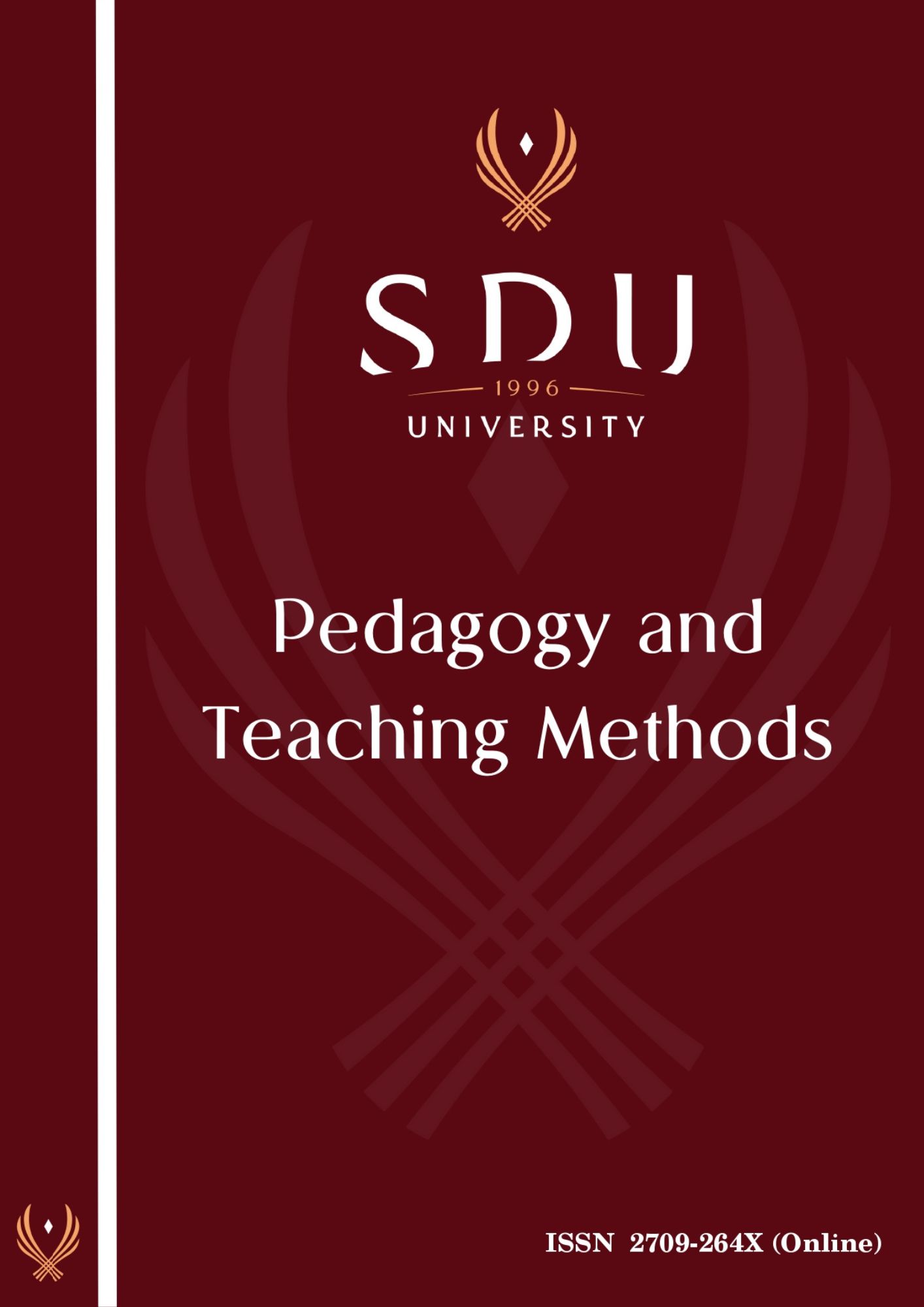Влияние проектного обучения на мотивацию студентов в изучении иностранных языков: комплексный обзор литературы
DOI:
https://doi.org/10.47344/zazxrw27Ключевые слова:
проектное обучение , влияние , мотивация , преимущества , проблемы , изучение иностранного языкаАннотация
В этом обзоре литературы изучается уровень мотивации при внедрении проектного обучения в основные классы иностранного языка. Особое внимание уделяется его применению в языковом образовании, подчеркиваются преимущества и возможные проблемы. В этом обзоре обобщены результаты различных исследований, которые подчеркивают преимущества проектного обучения, включая повышенную вовлеченность, более глубокое концептуальное понимание и быстрое сохранение языка. Несмотря на то, что PBL стимулирует студентов к изучению иностранного языка, существуют некоторые проблемы, такие как необходимость в дополнительном руководстве, отсутствие подготовки учителей и методов оценки. Хотя в обзоре подчеркиваются превосходящие преимущества PBL по сравнению с традиционными методами обучения, в нем также подчеркивается положительное применение сбалансированного подхода для повышения академического совершенства студентов. Кроме того, в обзоре литературы учитывается сущность культурного фактора и предлагается продольное применение проектного обучения для выявления его долгосрочного эффекта на мотивацию студентов к изучению иностранного языка. Обзор закладывает основу для дальнейших эмпирических исследований по интеграции проектного обучения в образовательные программы и предлагает важные сведения о передовой практике его применения на занятиях по иностранным языкам. Для достижения поставленной цели были взяты синтезированные исследовательские статьи из следующих баз данных, таких как Google Scholar, Research Gate, JSTORE и Web Science, причем преобладающее количество из них было проведено в период с 2018 по 2024 год.


